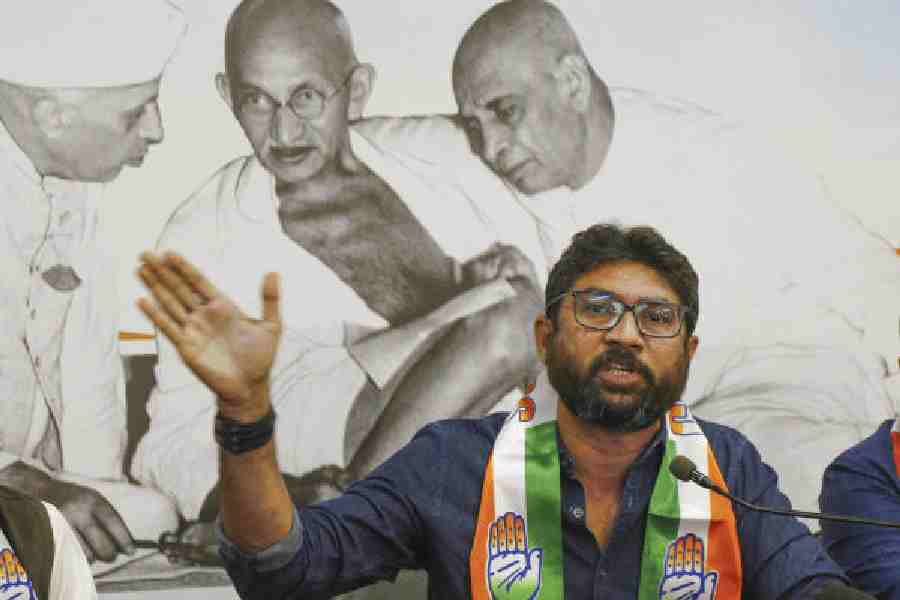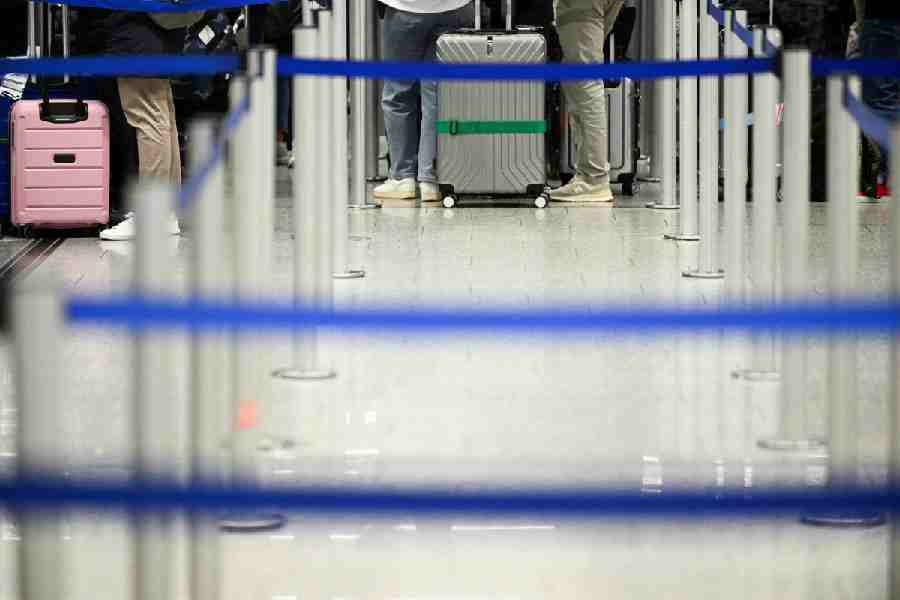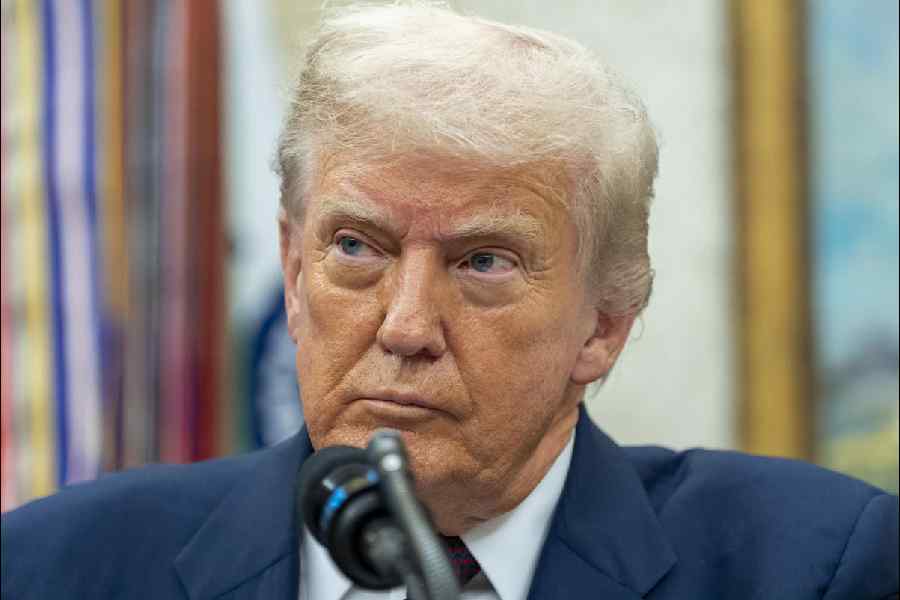Tickets will soon turn into tokens at Metro Railway counters and the turnstiles that often don’t turn are about to make way for touch-free gates.
“We hope to switch to the new ticketing system by June,” the general manager of Metro Railway, P.B. Murty, said on Monday.
Delhi Metro has been using round plastic tokens in place of rectangular paper tickets with magnetic strips for a few years. The system requires touch-free gates that function through radio-frequency identification rather than the old magnetic-strip reader.
Murty said Metro Railway had begun installing the new gates. “The paper ticket system will be phased out gradually to ensure a smooth transition to token technology. Both the systems will operate simultaneously for some time,” he added.
The Centre for Railway Information Systems, which was implementing the Rs 41.5 crore project, gave the contract to a Spanish firm last year after a global bidding process.
Metro compares the old and new ticketing systems to find out how your daily commute will change.
TICKETS
Gates: Turnstiles
Number of gates: 211
Mode of operation: Paper tickets have magnetic strips. Once the ticket is inserted into the machine, a magnetic reader recognises it and sends a signal to the turnstile. It can then be turned to let the commuter in.
Type of operation: Manual (and often problematic). After inserting the ticket, a passenger has to turn the turnstile to enter.
Types of tickets: Paper tickets for single and multiple rides, smart cards for regular commutes across different zones. New smart cards are not being sold any longer.
Time factor: 30 to 35 passengers per minute
TOKENS
Gates: Touch-free flaps
Number of gates: 280 in 23 stations. The gates will be divided into three categories. There will be gates exclusively for either entry or exit while some will be revertible ones. According to Metro sources, 66 will be for entry, 96 for exit and 111 revertible gates. The number of gates will be increased later.
Mode of operation: Radio-frequency identification technique ensures faster, smoother system. “A sensor inside the machine reads the signal from the plastic token and the flap gates open automatically. The system will be operated through a central server at Metro Bhavan,” spokesperson Protyush Ghosh said.
Type of operation: The plastic tokens, about three cms each in diameter, have to brought near the sensor for the flaps to open. When the commuter exits, the token needs to be dropped in a “collector” for the gate to open.
Types of tokens: Coloured daily tokens and smart cards. There will be no multiple-ride tokens.
Time factor: 50 to 55 passengers per minute.










